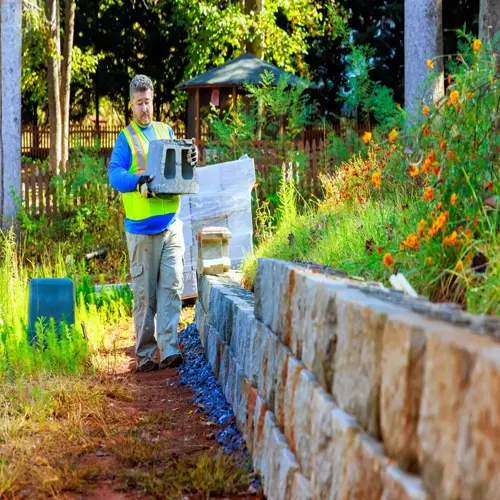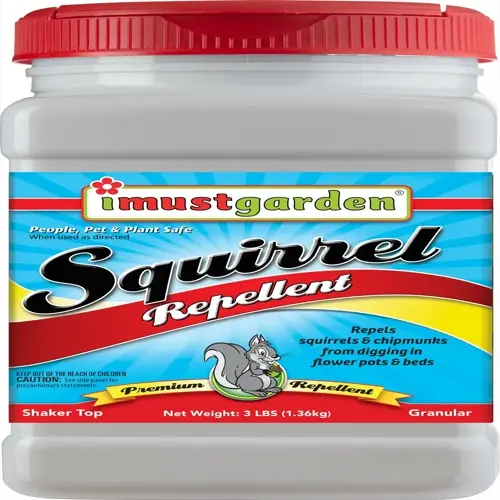How does proper timing affect frost protection success?

Written by
Benjamin Miller
Reviewed by
Prof. Samuel Fitzgerald, Ph.D.Timing is crucial when it comes to frost protection success, more so than other factors. Install your covers no later than just before dusk, so that residual heat from the soil can be captured. Remove covers by mid-morning to avoid harmful overheating. This rhythm mimics natural temperature cycles while also preventing plant stress.
Ground heat retention is maximized at dusk; thus, covering plants at that time is very effective for trapping heat. I set myself phone reminders at 4:30 PM whenever frost is predicted. That way I can't possibly miss covering plants during that key window. If I let the frost settle first, and only cover when I notice frost squelched, then I did potentially irreparable damage.
Forecast Monitoring
- Check hourly predictions at 3 PM daily
- Note predicted low temperature and time
- Set alerts for 15°F above plant thresholds
Dusk Application Protocol
- Water soil before covering
- Secure covers completely before sunset
- Double-check seal around plant bases
Morning Removal Procedure
- Check actual temperature at plant level
- Remove when consistently above 35°F
- Fold covers inward to contain debris
Morning removal prevents heat stress. Under covers, temperature can exceed ambient air temperature by 20°F by 9 AM. This can cook plants faster than frost damages them. I lost camellias to this mistake before I learned to remove covers immediately after sunrise under clear weather.
Weather monitoring tools have improved timing accuracy. With wireless thermometers that utilize remote sensors positioned near your plants, you can set alerts for extreme temperatures. I use an app to monitor the temperature when it drops to 38°F. This provides a 30-minute lead time for any last-minute changes in the greenhouse.
Adapt your timing to the local microclimates. Areas that are protected, such as those next to walls, take longer to warm up in the morning, while low-lying areas need to be covered sooner. I map the temperature zones of my gardens using multiple sensor devices, and this reveals 15-minute differences in timing that affect the timing of protection for the various planting areas.
Read the full article: How to Protect Plants from Frost Effectively

